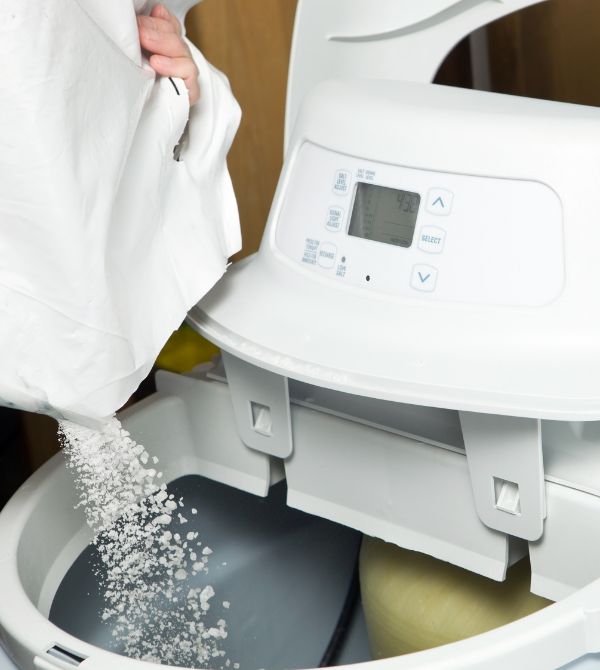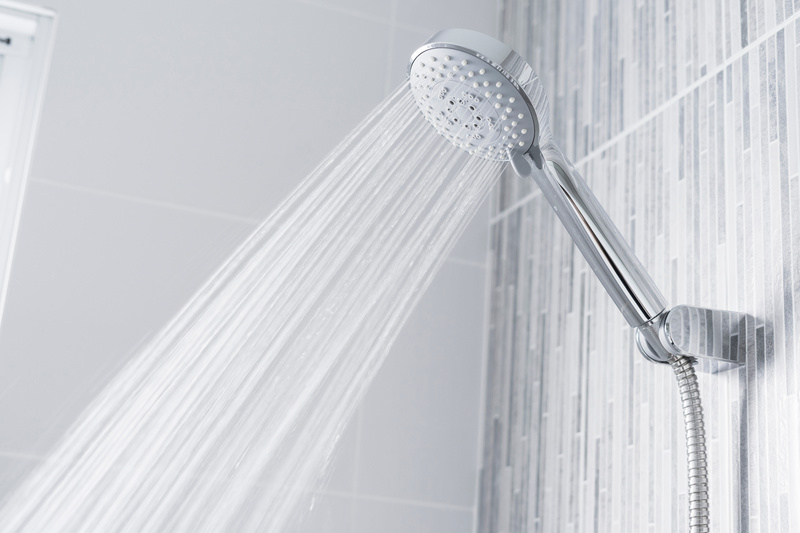A water softener brine tank is part of the water softening system that helps to make the water in your home soft and free of contaminants. This tank contains brine, or saltwater solution, that helps to draw calcium and magnesium minerals out of the water. Hard water can cause scale buildup in appliances, pipes, and fixtures and adversely affect the taste of drinking water.
Regular Maintenance
Regularly maintain your water softener tank by checking for buildup and cleaning the tank. Also, check for leaks and monitor closely for signs of wear and tear. If any of the water treatment products are damaged or worn out, replace them to prevent further damage.
Water softener brine tank replacement parts can be easily obtained online or through your local hardware store. Ensure you are using the correct parts for your system.
Appropriate Salt Level
Salt helps to draw calcium and magnesium ions from the water. The correct salt level should be between two and three inches below the top of the tank. Maintain the appropriate salt level in your softener tank. Too little salt can cause the water-softening process to be ineffective, while too much salt can corrode metal parts and cause damage.
You can check the salt level in your tank by using a meter, and if it is too low, you can add more salt. Use the correct type of salt formulated explicitly for softener systems.
Regeneration Cycle
Regeneration is the process by which your water softening system removes calcium and magnesium buildup in your pipes. The softener will usually regenerate itself when a specific amount of water has been used or on a timer set by the user.
Monitor your regeneration cycle and make sure it is working correctly. The brine tank should be empty before the regeneration cycle, and the salt level should be adequate. If your brine tank is not empty after the regeneration cycle, check for any blockages or leaks in your system.
Flow Control Valve
The flow control valve regulates the amount of water entering the brine tank. It lets you adjust the flow of water to match the capacity of your tank. Blocked or damaged flow control valves can cause the water softener to overflow and create a mess.
Check your flow control valve periodically for any signs of damage, such as corrosion or clogs, and replace it if necessary. In an emergency, you can turn off the water supply to the brine tank.
Safety Precautions
Take safety precautions when handling your brine tank and its components. The salt in the water can corrode metal parts, so wear appropriate protective gear when working with these parts. Be sure not to mix different salts, which may cause damage or clog the system.
Follow the instructions with your water softener and use the correct parts for your system. Consult a professional if you have any questions or concerns about your brine tank or its components.
Contact Coastal Energy Water & Air today for all of your water softener brine tank replacement and maintenance needs. We provide knowledgeable, experienced professionals to help with all your water softening system needs.











